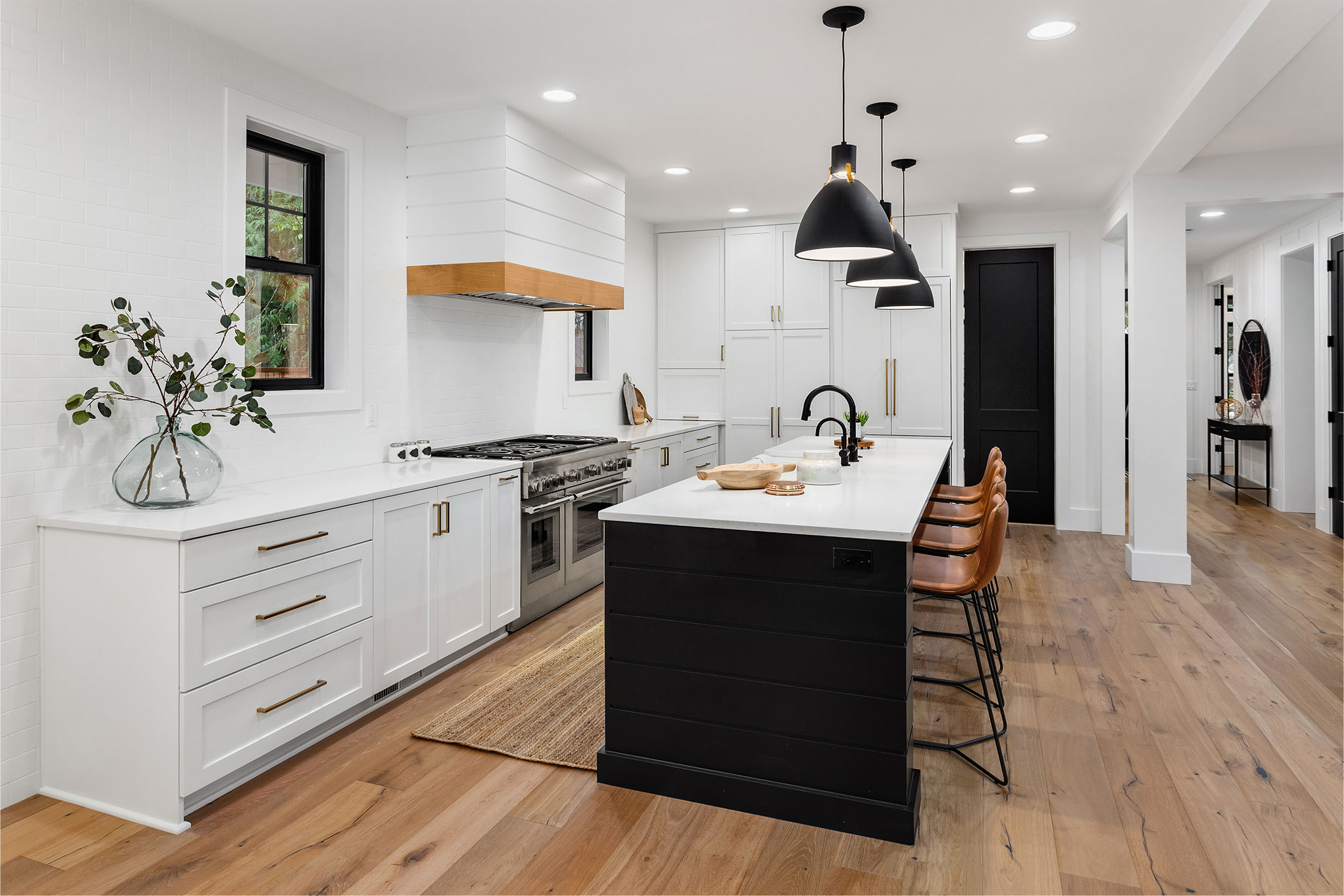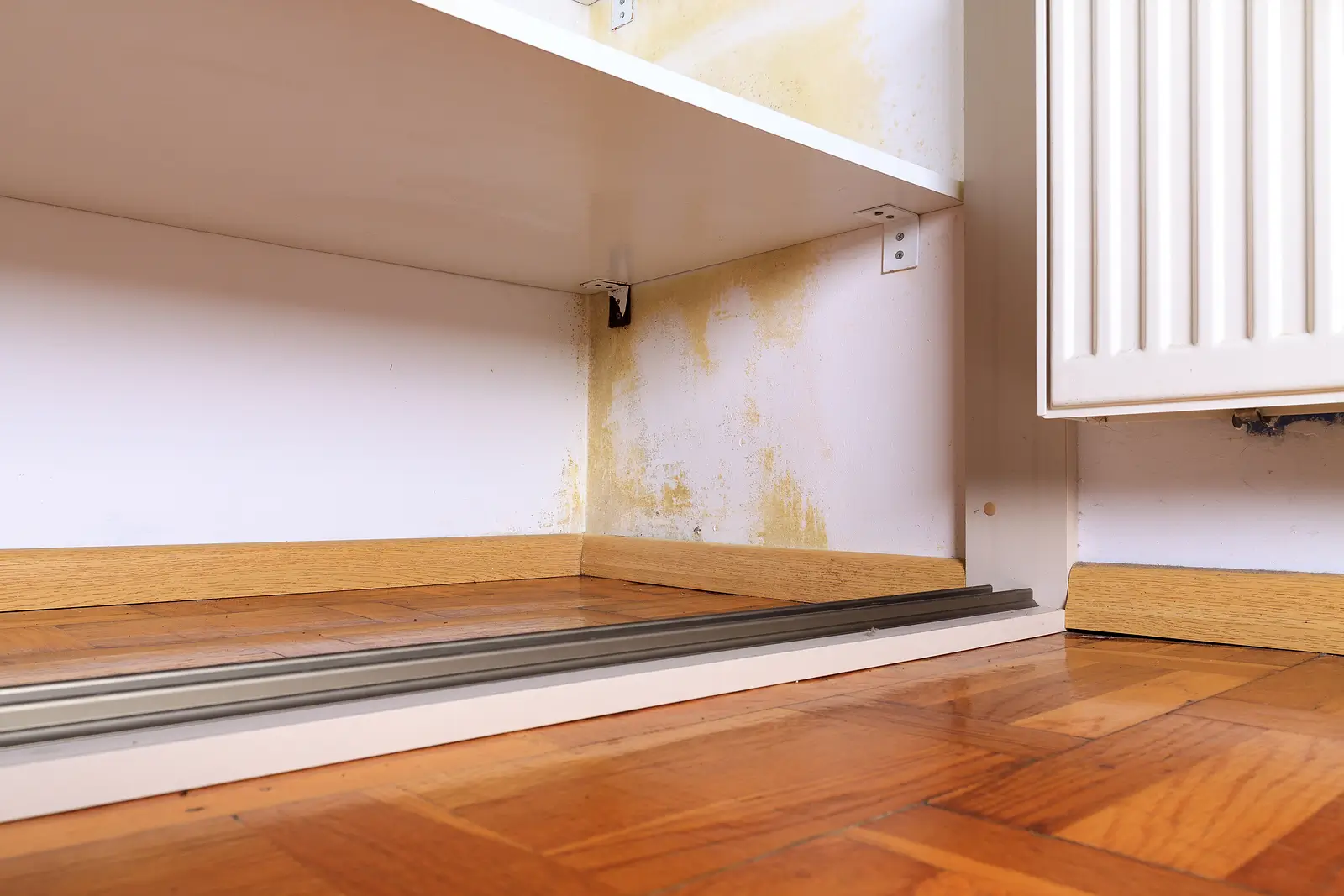When a tenant moves out, the property's condition becomes the spotlight. Security deposit disputes are a common source of landlord-tenant conflicts, and most of those arise from confusion over normal wear and tear in rental properties.
In Salt Lake City, where the rental market remains tight and competitive, staying on top of your property’s condition is essential for maximizing your rental’s value while keeping things fair for your tenants. Effective property management starts with knowing the difference between what’s expected and what’s not.
What Constitutes Normal Wear and Tear?
It refers to the natural deterioration that occurs when a tenant occupies a rental unit over time. No matter how responsible your tenant is, a lived-in home will show signs of use.
Here’s what’s generally considered normal wear and tear in rental properties:
- Faded paint or slight discoloration on walls
- Minor scuffs on baseboards or flooring
- Small nail holes from pictures
- Worn carpet paths in high-traffic areas
- Slight scratches on hardwood floors
These changes are expected with time and tenant living. They’re not signs of tenant negligence and should not result in deductions from the tenant’s security deposit.
Considered Normal Wear vs. Property Damage
The line between normal wear and tear in rental properties and actual property damage is where things often get complicated. Unlike normal wear, tenant damage is typically preventable and results from misuse, neglect, or unreported accidents.
Examples of tenant-caused damage include:
- Broken windows or doors
- Cracked or missing tiles
- Large holes in the walls
- The pet rent does not cover pet-related damage
- Deep gouges in wood floors
- Burn marks on carpets
Highlights: The landlord is responsible for covering normal wear and tear, while tenant-caused damage can be deducted from the security deposit. A good rule of thumb is this: if it looks like something that happened from typical use, it’s probably considered normal wear. If it looks like the result of carelessness, it’s likely damage.
Lease Agreement: Your First Line of Defense
Every good rental starts with a detailed lease agreement. This is where you outline who’s responsible for what and how damage or wear will be addressed. A strong lease sets clear expectations for tenants and protects you and your property, especially when handling normal wear and tear in rental properties.
Your lease should cover:
- Routine maintenance responsibilities
- Expectations for property upkeep
- How is wear and tear evaluated at move-out
- Pet rent policies and damage responsibility
- Clauses related to air conditioning units, wood floors, and other vulnerable features
Things to Remember: Clear communication and proper notice provisions go a long way in preventing misunderstandings.
How Move-In and Move-Out Inspections Help
Want to hold tenants accountable? Start with documentation. Conducting move-in and move-out inspections is standard practice in effective property management, and for good reason. These inspections identify normal wear and tear in rental properties rather than actual damage.
These inspections allow you to:
- Document the property’s condition before and after tenant occupancy
- Take photos and videos of existing damage
- Create a checklist that both you and your tenant sign off on
Utah state and local laws support landlords who provide clear, dated documentation when making security deposit deductions. You could be on the hook, even for clear tenant damage.
Managing and Minimizing Wear During Tenancy
Regular, proactive upkeep is the best way to reduce repair costs and maintain your property’s value. Managing normal wear doesn’t have to be expensive—it just requires attention.
Here’s what you can do:
- Conduct annual walkthroughs to catch minor issues early
- Encourage tenants to report maintenance problems
- Stay on top of air conditioning units, plumbing, and flooring
- Educate tenants on what constitutes regular use versus negligence
Responsible tenants appreciate landlords who care about property upkeep. It also signals that you’ll hold them accountable.
Tenant’s Security Deposit and Legal Deductions
By Utah law, landlords have up to 30 days to return the tenant’s security deposit after move-out, with an itemized list of deductions. These deductions must be based on actual costs, not estimates or arbitrary figures.
Deductions may include:
- Cover repair costs due to excessive property damage
- Costs to restore damaged hardwood floors
- Cleaning fees beyond normal wear are considered the tenant's responsibility
- Replacements for broken appliances or fixtures
You cannot deduct for reasonable wear, like faded paint or worn carpet. That’s the cost of doing business, and understanding separates landlords from great property managers.
Tear Versus Property Damage: Know the Difference
This is where you’ll want to sharpen your eye. Normal wear and tear in rental properties refers to natural breakdown over time; property damage results from negligence.
Examples:
- Minor scratches on hardwood floors? Tear.
- Large gouges from dragging furniture? Damage.
- Small nail holes from hanging frames? Tear.
- Holes punched in drywall? Damage.
Pro Tip: When in doubt, ask yourself: Would this have happened even if the tenant were careful? If the answer is yes, it’s likely normal wear.
Why It Matters for Salt Lake Property Owners
Salt Lake City’s rental market experienced a decline in rents over the past year, with average rents marking a 6.5% decline from January 2024, as reported by Deseret News. In a cooling market like this, your rental units are more than valuable assets; preserving that value requires careful oversight.
With decreased rents, prospective tenants have more options and higher expectations. They’re looking for well-maintained spaces, while you, as a property owner, need to protect your bottom line by avoiding costly repairs that often stem from unclear policies or inadequate tenant screening.
Avoid Disputes Over Security Deposit and Protect Your Investment with Clear Policies
Assessing normal wear and tear in rental properties in Salt Lake isn’t just about damage control—it’s about protecting your investments and keeping your tenants informed. By documenting properly, conducting meticulous tenant screenings, drafting a detailed lease agreement, and managing expectations from the move-in to the move-out inspection, you can create a smooth experience for both you and your tenants.
If you need help managing wear and tear and everything in between, TierOne Real Estate LLC is here for you. Our property management team in Salt Lake City knows how to identify normal wear, handle tenant damage legally, and ensure your rental units stay in top condition.
Let’s protect your property the right way. Check out our Maintenance Services page to learn more about our full-service maintenance and management solutions.
FAQs
What happens if a landlord fails to return the security deposit within 30 days in Utah?
Suppose a landlord in Utah does not return the security deposit or provide an itemized list of deductions within 30 days after the tenant moves out. In that case, the tenant may recover up to twice the amount wrongfully withheld. This penalty is designed to deter landlords from unlawfully retaining security deposits.
Does law in Utah require a move-in checklist?
While Utah law does not mandate landlords to provide a move-in checklist, it is highly recommended. A detailed move-in inspection report helps document the property's condition at the start of the tenancy, which can be crucial for both landlords and tenants when assessing any significant damages or wear and tear at move-out.
Are there limitations on how much a landlord can charge for a security deposit in Utah?
No, Utah law does not impose a maximum limit on security deposits. However, landlords must ensure that any fees or charges are clearly outlined in the lease agreement and comply with state regulations. Landlords should avoid excessive fees that could deter prospective tenants. For more detailed information, read about security deposit rates in Utah.
Related Articles
Can I Charge Tenants for Carpet Replacement in Salt Lake?
Security Deposits for Salt Lake City Rental Investments | Property Management Tips
Essential Tips for First-Time Landlords in Salt Lake City, UT



